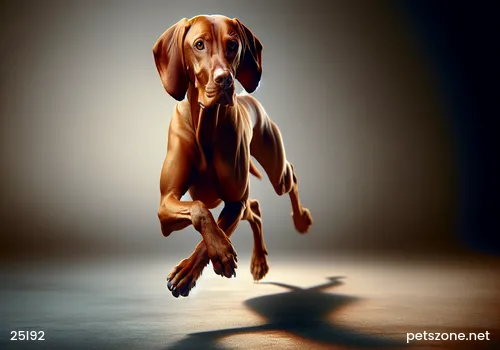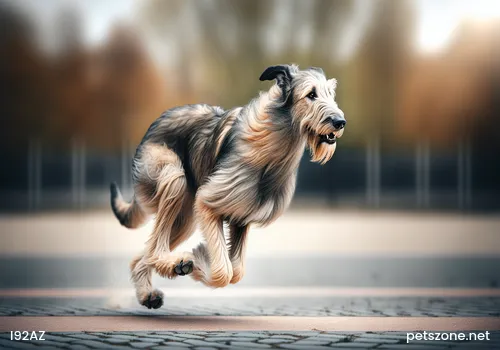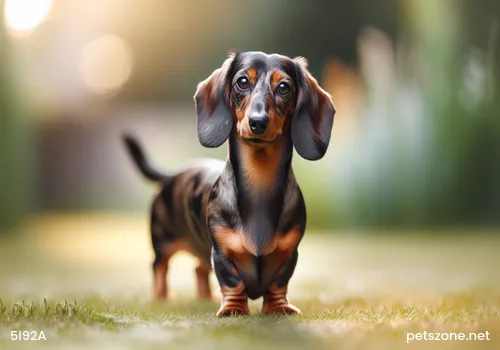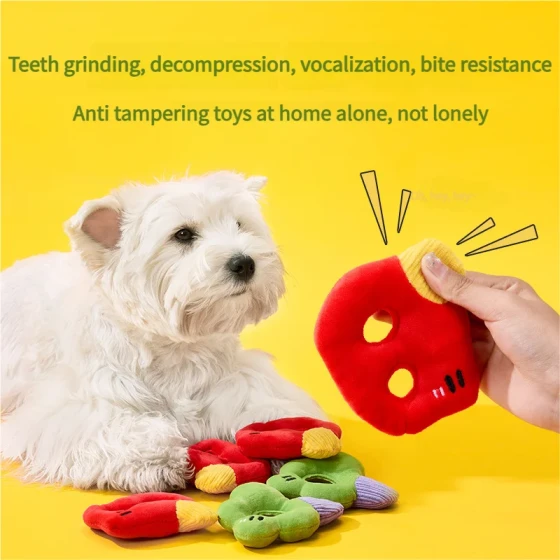How to Raise a Shar Pei? Is Shar Pei Easy to Raise?
The Shar Pei has wrinkled skin all over its body and a melancholy, sorrowful expression. Dogs should not be judged by appearance alone. In fact, the Shar Pei is very lively and mischievous; they are naturally optimistic and love exercise. They can bring a lot of joy to their owners. So how to raise a Shar Pei? Is the Shar Pei easy to raise?

Shar Pei Feeding Method
The Shar Pei’s body is larger than an ordinary small dog and it has a high activity level. Therefore, more meat should be included in its diet, no less than about 500 grams per day, along with an equal amount of cooked dry vegetable feed. Meat should be cooked and chopped finely, mixed with a small amount of water and the dry vegetable feed before feeding. The food must be fresh and clean. Feeding bowls should be cleaned frequently and disinfected regularly. Feed the dog at fixed times and locations daily, and limit the eating time to 15~25 minutes. Remove the feeding utensils after this time to cultivate good eating habits. Fresh drinking water should be replaced once in the morning and once in the afternoon every day.
Shar Pei Grooming and Hygiene
The Shar Pei is lively and active, needing moderate exercise. Since it has a relatively short nasal passage, intense exercise easily causes oxygen deficit, so it is best to take it for a walk outdoors in the early morning or dusk. The dog’s skin folds are numerous, easily hiding dirt and breeding bacteria, so special attention should be paid to daily cleanliness. Otherwise, the dog is prone to mange and skin diseases. In summer, bathe twice weekly; in autumn, once a week. The dog should not be overfed to avoid obesity and health problems. Because the Shar Pei is a brachycephalic breed with a large head and special physiological structure, it is prone to entropion and rickets. These should be carefully monitored during care. Due to its many wrinkles, the Shar Pei is prone to skin diseases, so maintaining skin hygiene by frequent bathing and keeping the home clean is important. The Shar Pei is very afraid of heat, so in summer, air conditioning should be provided.

Sometimes, the Shar Pei with too many wrinkles will have eyelashes that grow inward and scratch the eyes; surgery by a veterinarian is necessary. They are naturally afraid of water, so do not take them swimming. If you raise a Shar Pei, you should not keep cats at the same time. What distinguishes this dog is its many skin folds that easily collect dust and dirt, so special emphasis must be placed on hygiene; otherwise, it is prone to mange and other skin diseases. In spring and autumn, bathe every 7~10 days; in hot summer, bathe every other day. During the humid plum rain season, it is best to move it to a clean and dry environment for care. After each bath, immediately dry its skin with a towel. In summer, wipe its body daily with a wet towel. Every 1~3 weeks, trim its toenails.
Additionally, about once a week, clean its earwax and dental tartar, and wash its eyes with dilute boric acid solution to prevent keratitis.
Shar Pei Personality Traits and Training Characteristics
The Shar Pei was originally a hunting and fighting dog, very fond of activity. Therefore, it needs sufficient time daily for walking and running. But be careful not to over-exercise, as this breed has a short nasal passage and intense activity can easily cause oxygen deficiency.

Shar Pei Breeding
After deciding the mating date for the female dog, bring her to the male dog's place on the day of mating. The female dog is more aggressive in her own territory, while the male dog must be confident, proactive, and decisive for successful mating. Let the two dogs get familiar before mating, as some females refuse to mate with unknown males. If necessary, hold the female dog firmly to prevent harm to the male dog.
When the female is willing to mate, her tail will tilt to one side. The male mounts the female and ejaculates the first portion of semen (prostatic fluid). The male's penis head swells and locks inside the female's vagina, connecting the two dogs.
After about a minute, the male dismounts the female's back, and their tails connect (ejaculation continues). This lasts about 20 minutes before ending naturally; never forcibly or unnaturally separate the dogs. It is best to stay nearby during the entire process to prevent the female from becoming aggressive or thrashing.
Shar Pei Common Diseases Prevention and Treatment
The most common disease is skin disease, commonly called Shar Pei odor. There are many methods recommended by veterinarians for treating the Shar Pei odor.
Demodex treatment: Ivermectin injection at 1%, if the condition is very severe, administer under the skin according to body weight as instructed, paying attention to subcutaneous injection only. This treatment works slowly but is very effective, with obvious improvement around 3~5 days later. It works mainly by killing mites under the skin and is the most effective injection for mite treatment. The injection can be administered continuously for up to 3 weeks, then paused for a week before continuing.

Shar Pei External Injuries and Infection: For bite and scratch wounds, an effective healing drug is Bactroban. For mites, injections are much more effective than topical applications.
Whether or not the Shar Pei has skin disease, it is best not to feed it various fish, shrimp, and other seafood (except kelp and seaweed), because these can irritate and accelerate the skin disease. For thorough deodorization, besides curing mites and skin diseases completely, do not neglect the ears. If you look inside, you may find brownish paste-like earwax that smells worse than the skin disease.
Ear mites can be treated with ear cleaner medications specially for removing parasites and odors from pets’ ear canals, with obvious effect. If the dog has ear mites, use continuously for 10 days for a complete cure. If the dog’s mouth smells bad, it may be due to poor digestion. Adding digestive aids to the dog food can reduce bad breath.





-560x560.webp)